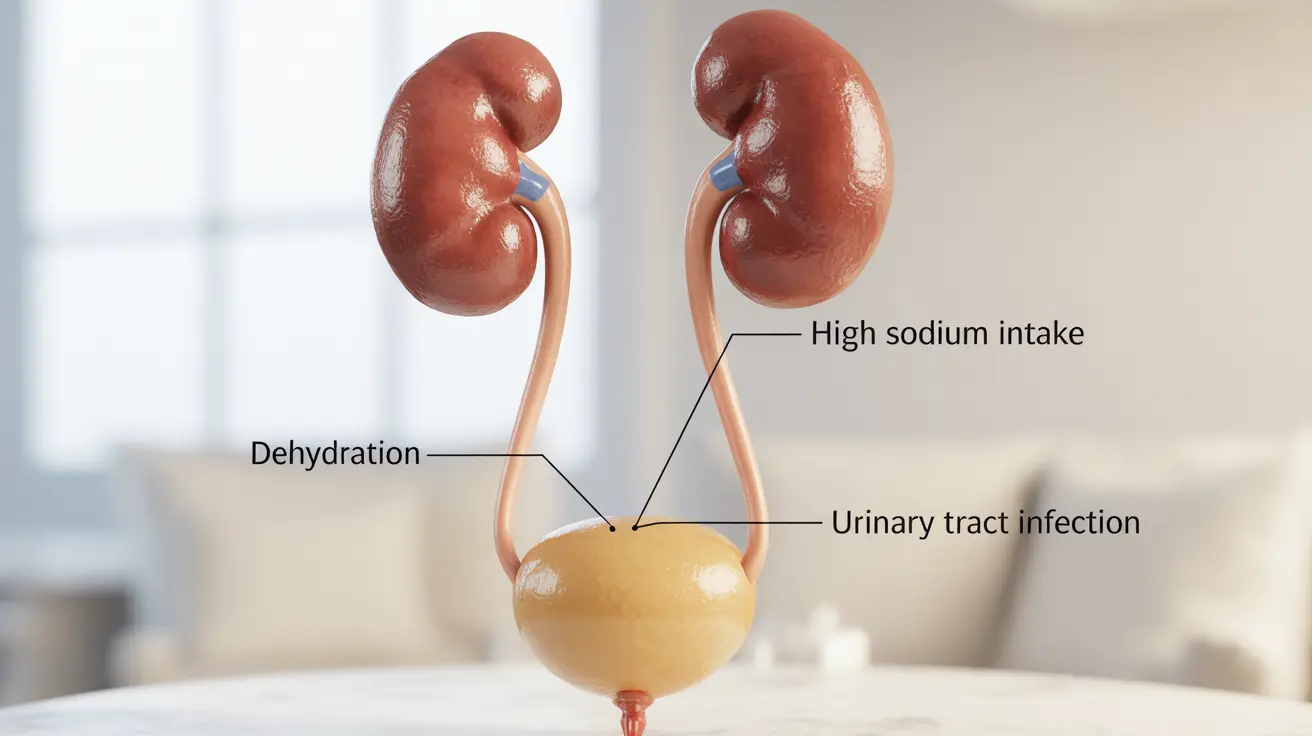When it comes to assessing lung health, medical professionals have a variety of tools at their disposal. One important diagnostic technique is chest percussion, which can reveal valuable information about the condition of your lungs. Among the findings that doctors look for during this exam is hyperresonance, a sign that may indicate underlying lung issues. In this article, we'll explore what hyperresonance means, how it's detected, and what it could signify for your overall health.
Understanding hyperresonance is crucial for both patients and healthcare providers, as it can be an important clue in diagnosing various respiratory conditions. Whether you're dealing with chronic obstructive pulmonary disease (COPD), asthma, or other lung-related concerns, knowing about hyperresonance can help you better comprehend your medical examinations and potential diagnoses.
What is Hyperresonance?
Hyperresonance is a finding during chest percussion that indicates an abnormally increased resonance or echoing sound when tapping on the chest wall. This occurs when there is an excessive amount of air trapped within the lungs or pleural space. In normal lung tissue, percussion produces a resonant sound, but in hyperresonance, this sound becomes exaggerated and more hollow-sounding.
Causes of Hyperresonance
Several conditions can lead to hyperresonance in the lungs:
- Emphysema (a type of COPD)
- Pneumothorax (collapsed lung)
- Severe asthma attack
- Large lung bullae (air-filled spaces)
- Hyperinflation of the lungs
These conditions typically involve air trapping or an increase in the air content of the lungs, which alters the sound produced during percussion.
Detecting Hyperresonance: The Diagnostic Process
Hyperresonance is primarily detected through physical examination, specifically during chest percussion. Here's how the process typically unfolds:
- The healthcare provider places one hand flat against the patient's chest wall.
- Using the other hand, they tap their middle finger against the middle finger of the hand on the chest.
- They listen carefully to the sound produced, comparing it to normal resonance and assessing for any abnormalities.
In addition to percussion, doctors may use other diagnostic tools to confirm their findings and determine the underlying cause:
- Chest X-rays
- CT scans
- Pulmonary function tests
- Blood gas analysis
These tests help create a comprehensive picture of lung health and function, allowing for accurate diagnosis and appropriate treatment planning.
Hyperresonance in COPD Patients
For individuals with COPD, particularly those with emphysema, hyperresonance can be a common finding. In emphysema, the air sacs (alveoli) in the lungs become damaged and lose their elasticity. This leads to air trapping and overinflation of the lungs, resulting in the characteristic hyperresonant sound during percussion.
In COPD patients, the presence of hyperresonance may indicate:
- Disease progression
- Increased severity of airflow obstruction
- Potential complications such as bullae formation
Regular monitoring of these signs helps healthcare providers adjust treatment plans and manage the condition more effectively.
Differentiating Chest Percussion Sounds
Understanding the differences between various chest percussion sounds is crucial for accurate diagnosis. Here's a brief overview:
Resonance
Normal lung tissue produces a resonant sound, which is clear and somewhat hollow, but not excessively so. This indicates healthy lung tissue with a normal amount of air.
Hyperresonance
As discussed, hyperresonance is an exaggerated, more hollow sound than normal resonance. It suggests an excess of air in the lungs or pleural space.
Dullness
A dull sound during percussion indicates decreased air content and increased density in the lung tissue. This can be caused by conditions like pneumonia, pleural effusion, or tumors.
Beyond COPD: Other Conditions Associated with Hyperresonance
While COPD is a common cause of hyperresonance, other respiratory conditions can also produce this finding:
Pneumothorax
A collapsed lung allows air to accumulate in the pleural space, leading to hyperresonance on the affected side.
Severe Asthma
During a severe asthma attack, air trapping can occur, potentially resulting in hyperresonance.
Congenital Lung Disorders
Some inherited conditions that affect lung structure may cause areas of hyperresonance.
Management and Treatment Approaches
The treatment for conditions associated with hyperresonance depends on the underlying cause. Here are some general approaches:
- For COPD: Bronchodilators, corticosteroids, pulmonary rehabilitation, and lifestyle changes
- For pneumothorax: Chest tube insertion or surgery in severe cases
- For asthma: Inhaled medications, avoiding triggers, and creating an asthma action plan
- For congenital disorders: Specialized treatment plans tailored to the specific condition
In all cases, early detection and proper management are key to improving outcomes and quality of life for patients experiencing lung conditions associated with hyperresonance.
Frequently Asked Questions
- What are the symptoms and causes of hyperresonance in the lungs?
Hyperresonance itself is not a symptom but a clinical finding. However, conditions causing hyperresonance may present symptoms like shortness of breath, chest pain, or coughing. Causes include emphysema, pneumothorax, severe asthma, and large lung bullae, all of which involve excessive air in the lungs or pleural space.
- How is hyperresonance diagnosed and what does it indicate in COPD patients?
Hyperresonance is diagnosed through chest percussion during a physical exam. In COPD patients, particularly those with emphysema, it indicates air trapping and lung overinflation. This finding may suggest disease progression or increased severity of airflow obstruction in COPD.
- What are the differences between hyperresonance, resonance, and dullness in chest percussion?
Resonance is the normal sound of healthy lung tissue. Hyperresonance is an exaggerated, more hollow sound indicating excess air. Dullness is a flat sound suggesting decreased air and increased tissue density, often due to fluid or solid masses in the lungs.
- Can hyperresonance be a sign of conditions other than COPD, such as pneumothorax or asthma?
Yes, hyperresonance can indicate conditions other than COPD. It's commonly associated with pneumothorax (collapsed lung) and can occur during severe asthma attacks. Some congenital lung disorders may also cause areas of hyperresonance.
- What treatments or management strategies are available for conditions associated with hyperresonance?
Treatment depends on the underlying cause. For COPD, management may include bronchodilators, corticosteroids, and pulmonary rehabilitation. Pneumothorax might require chest tube insertion. Asthma is managed with inhaled medications and trigger avoidance. Each condition requires a tailored approach under medical supervision.




